These are the top four electric sports cars I’ve driven – and they show electrification doesn’t mean boring
From MG to Maserati, these EVs are shockingly good fun
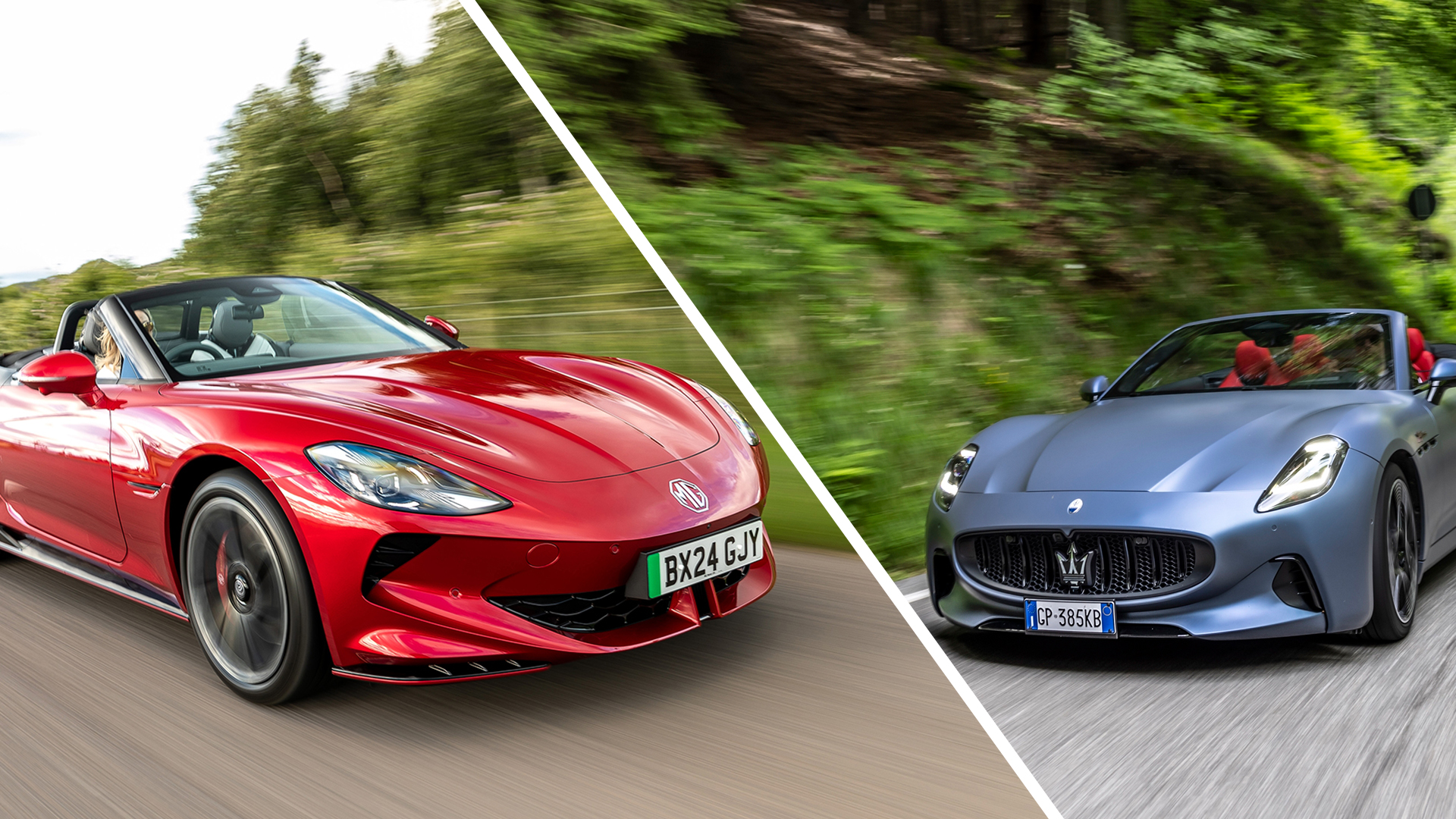
One of the key criticisms leveled at the electrification of passenger cars is the subsequent death of the internal combustion engine.
After 140 years of development, powertrains supping gasoline are arguably the best they have ever been: more efficient, more powerful and more reliable today than they were even five years ago.
But where sports cars are concerned, the explosive beating heart also provides the accompanying soundtrack, the tangible rumble that has hairs standing on end and the visceral thrill of manhandling a rampant V6, V8 or V12 engine.
Electric cars will never be able to truly replicate this and, despite toying with fake engine noises and futuristic, space-inspired soundtracks, manufacturers simply can’t replace what an internal combustion engine means to some.
Does that mean we should write them off? “Hell no”, I say, because having tested a number of the latest all-electric sports cars, it’s clear they offer something decidedly different, whether that’s insane straight-line performance, an idiot-proof driving experience or the ability to transform into a serene topless grand tourer at the press of a button.
While any petrolhead should be allowed to fawn over a good old fashioned engine, it’s also worth viewing the next generation of electric sports cars as something completely different. They might be bereft of a ferocious soundtrack, but they can still be a blast.
1. Maserati GranCabrio Folgore

Underneath the dazzling liquid gold rose color of the launch edition models, the world’s first electric four-seat roadster from Italian luxury car maker Maserati packs some serious EV specs.
Get daily insight, inspiration and deals in your inbox
Sign up for breaking news, reviews, opinion, top tech deals, and more.
An 800V electrical architecture supplies power to three 300W motors for a combined power output of 818bhp when a special Max Boost mode is activated. The resulting Top Trump figures are impressive: a top speed of 180mph, a 0-62mph acceleration time of just 2.8 seconds and an all-electric range of 274 miles thanks to a monster 83kWh battery pack.
But after driving the elegant convertible around the sunny British countryside, it wasn’t the all-out performance that really impressed me. No, it was its ability to quietly waft around in near silence, whether the fabric roof was intact or dropped.
Don’t get me wrong, the Folgore can still take your breath away when the right foot is planted – it is Ferrari-levels of fast – but it feels better suited to slower, comfortable cruising through towns and cities, allowing the public to get a good look at the drop-dead gorgeous exterior styling.
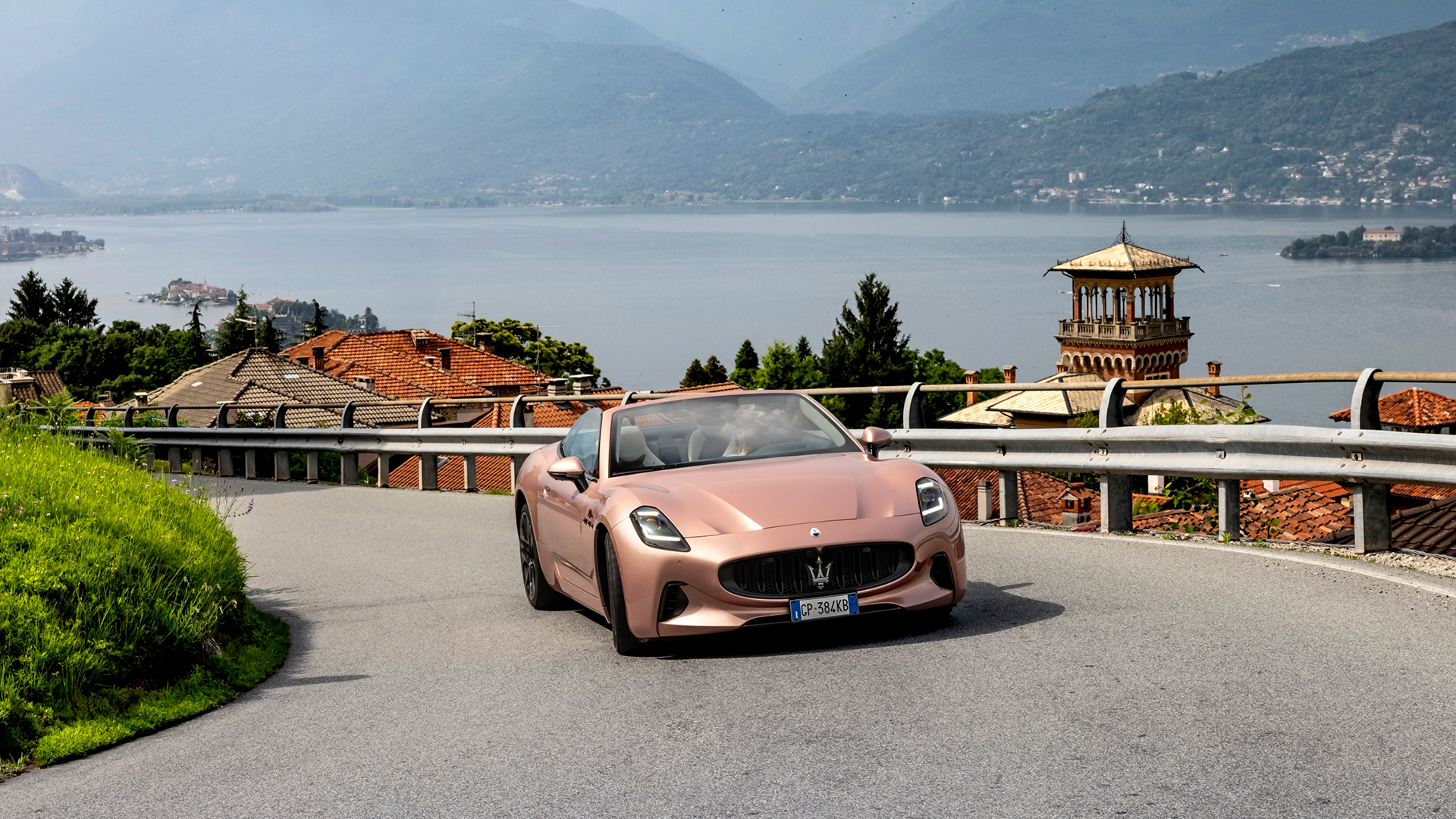
At almost 5 meters long, this isn’t a small car; it’s imposing, as any luxury sports car should be, but it’s an absolute breeze to drive, proving easy enough to thread through even the narrowest UK B-roads.
Head for larger highways and the big Maserati proves itself to be an extremely comfortable and adept long-distance cruiser. The roof opens and closes in just 16 seconds via a neat digital display inside and when fully installed, it’s fantastically quiet in the cabin.
The only thing that lets it down is the 274-miles of range, which will mean plenty of stops on the next continent-crossing adventure. But it allows for more opportunities to admire it from afar while charging, right?
Annoyingly, the painful depreciation currently related to electric vehicles means this $181,995 / £185,000 / AU$475,000 electric roadster is going to be one risky investment. And that's a shame, because the GranCabrio Folgore is both beautiful and powerful in equal measure.
2. MG Cyberster
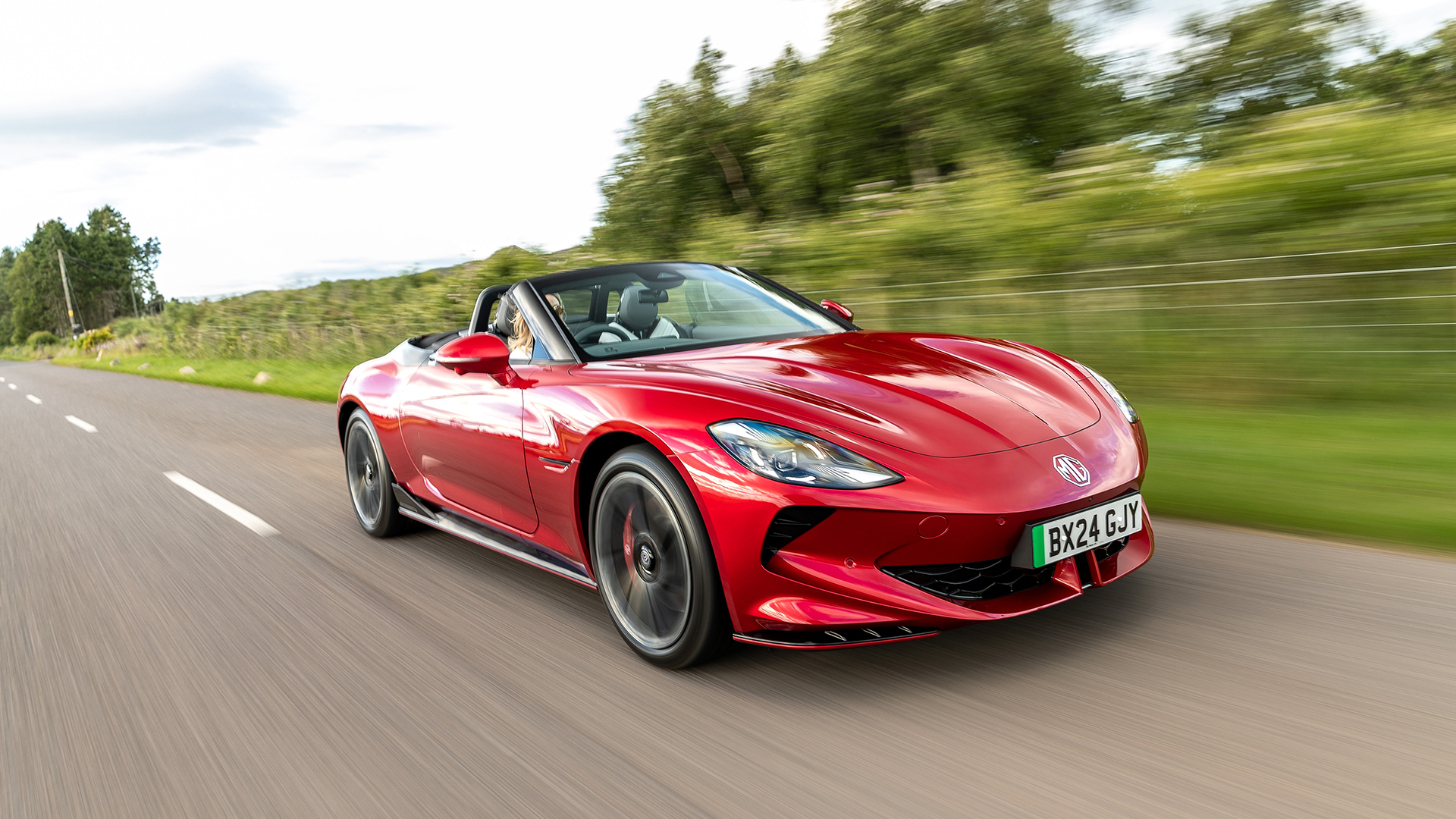
Believe it or not, Chinese-owned MG was the first brand to bring a convertible electric roadster to market, if you discount Tesla’s original Roadster. Even to this day, it has very little in the way of competition (come on Tesla, where’s the new one?).
Styled to stand out, complete with electrical-opening ‘scissor’ doors, the Cyberster has the curb appeal of a classic two-seat sports car from the likes of Jaguar, BMW and even Porsche. It certainly looks the part.
Inside, there is an array of digital screens that surround the driver, giving the interior the feel of a fighter jet, while it can be optioned with either a single motor in the Trophy version or a more potent dual-motor option in a GT, which is only marginally more expensive.
Climbing behind the wheel of the GT version in stylish Dynamic Red, it soon became clear that, despite sporting an MG badge, it has the pulling power to attract serious attention.
Climbing in and out of those scissor doors is a bit of a pain, but it’s pure theater and it doesn’t fail to stop passers-by in their tracks.
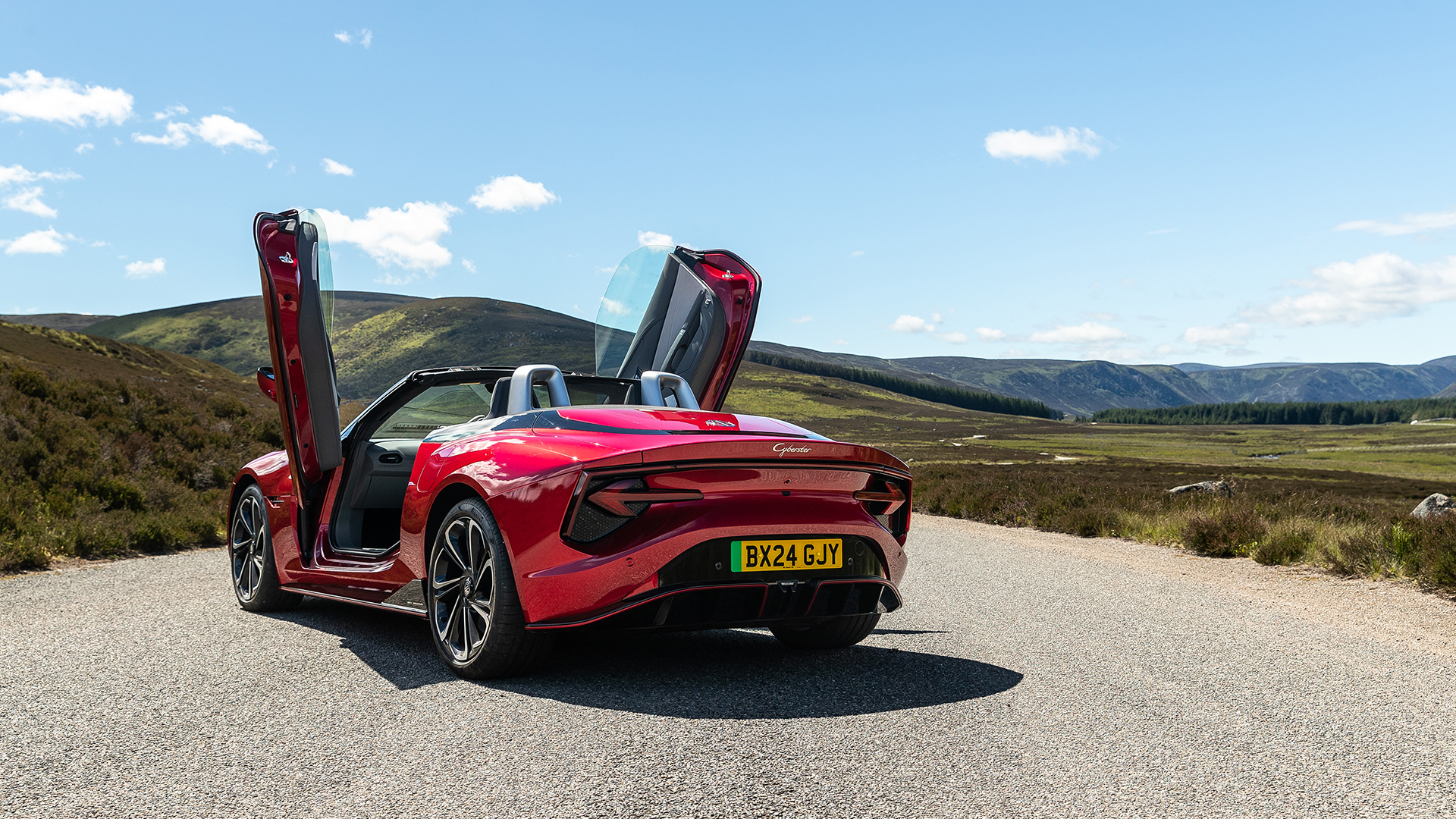
The Cyberster is fast too, with the all-wheel-drive model developing 503bhp, enough to smash the 0-62mph sprint in just 3.2 seconds and propel the drop-top EV to 125mph.
Not quite as impressive as Maserati’s GranCabrio Folgore, sure, but the MG costs just shy of £60,000 (around $77,000 / AU$128,00) in its most powerful guise, putting it in the same league as a Porsche Boxster.
Alas, this will be the recurring argument any MG Cyberster owner will face. “Why didn’t you just buy a Boxster?”
Well, Porsche hasn’t yet released its all-electric Boxster yet and the Cyberster is simply a very different proposition. It’s not as dynamically accomplished (it is very heavy) but is a joy to rack up the miles in – comfortable, quiet and packed with in-car technology.
Thanks to the relatively slow uptake, it also feels more special when out in public, especially with the roof down and those scissor doors wide open. If you like attention and straight-line speed, very little comes close for this kind of money.
3. Hyundai Ioniq 5 N
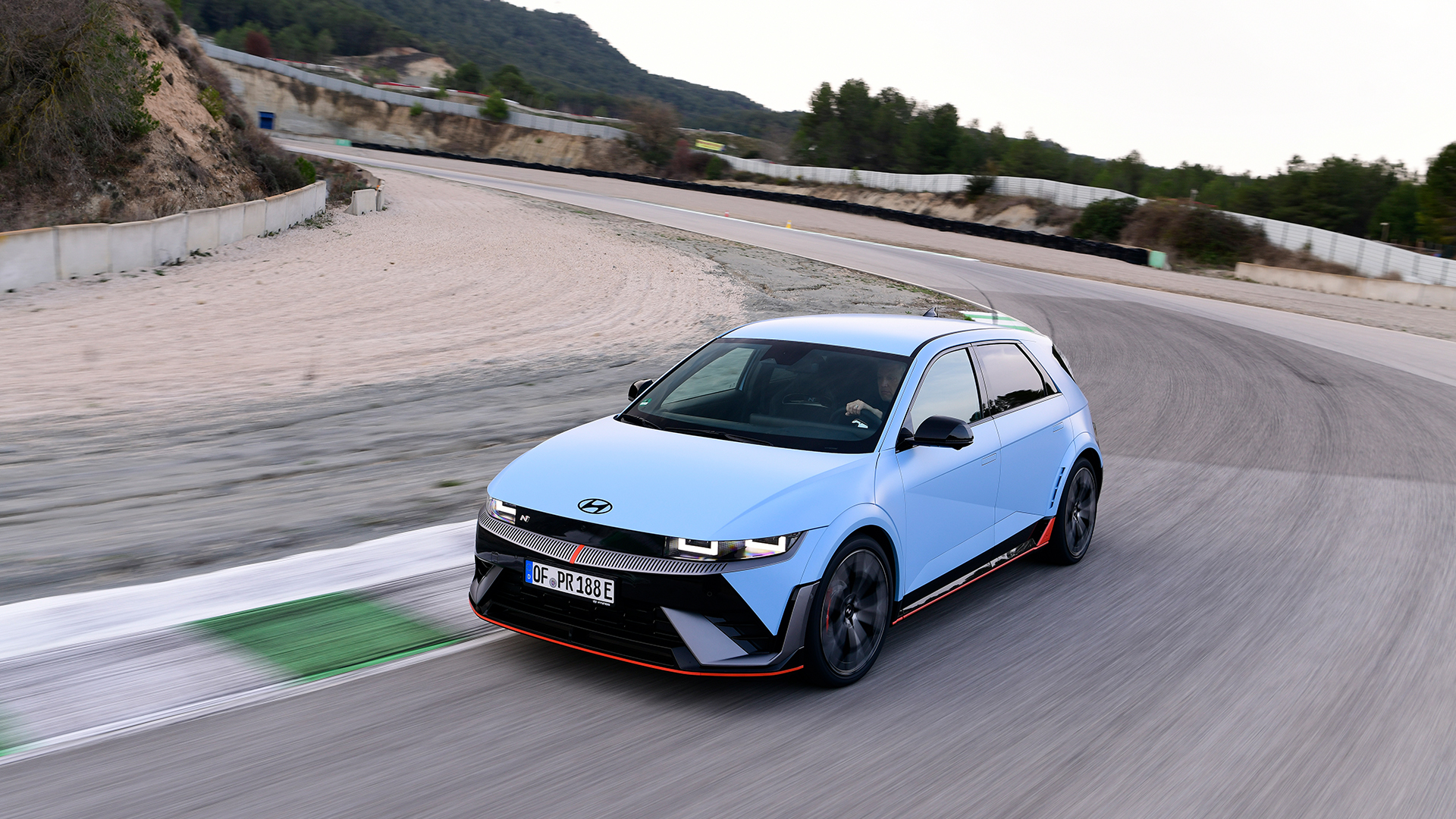
Hyundai ripped up the EV rulebook when it released the Ioniq 5 N into the wild, packing its molten hot hatch with eye-watering performance credentials and a whole host of clever technology designed to entice fans of engines and oily parts.
Despite sharing most of its basic underpinnings with the standard Ioniq 5, this racy version receives additional chassis strengthening, a tuned 84kWh battery pack and race-optimized motors at the front and rear axle.
Total power output is 650hp when the temporary N Grin Boost function is activated and it can nail the neck-snapping 0-62mph sprint in 3.4 seconds, before blazing on to a top speed of 162mph.
EV performance stats are generally impressive, but it is the way the Ioniq 5 N delivers them that is truly awe-inspiring.
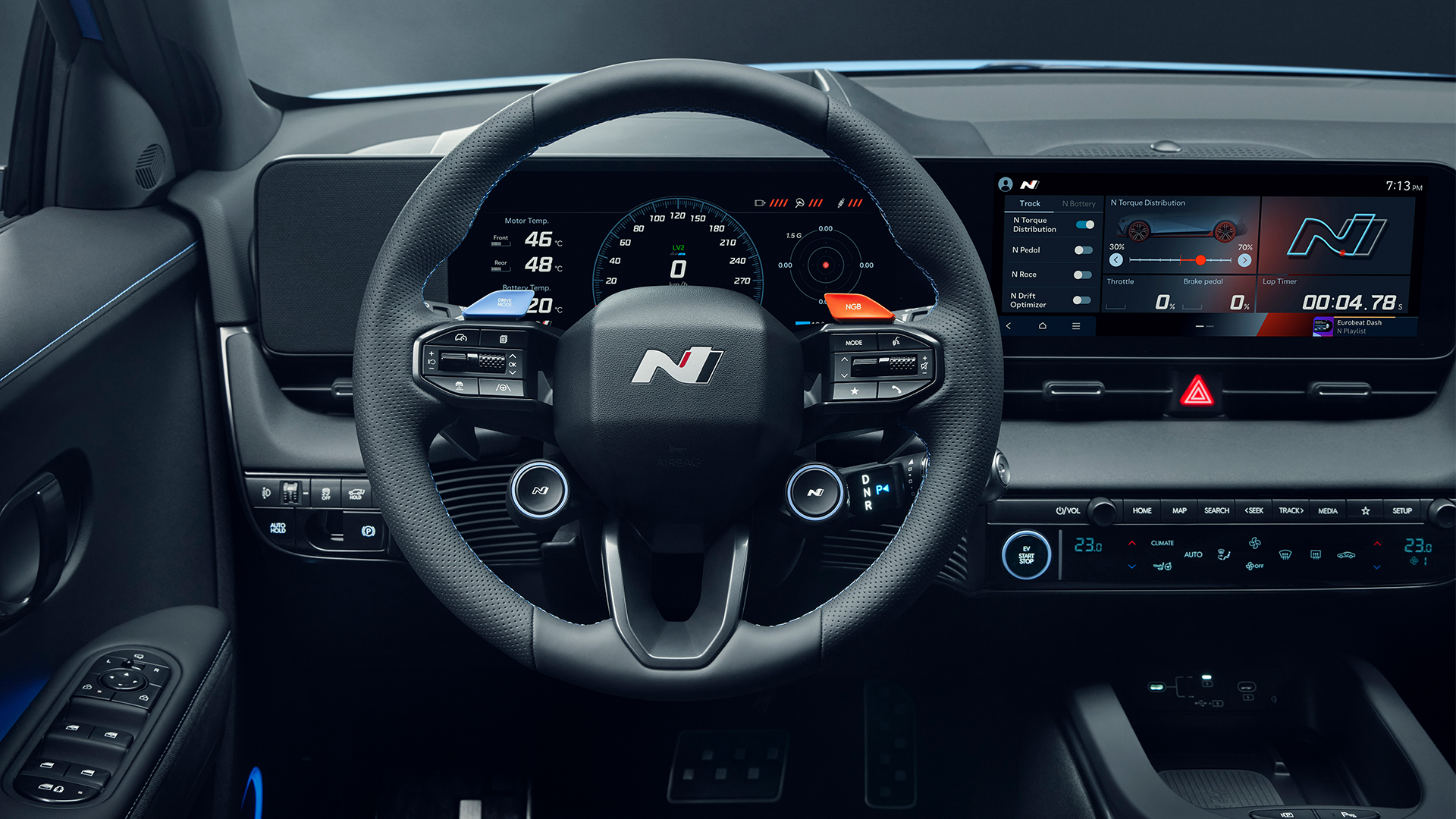
There’s also Active Sound Plus, which mimics the real pops, crackles and bangs of a combustion engine in the most convincing way I have ever sampled. Plus, the N e-shift simulated gear changes are a triumph.
Spend a few minutes hacking around a race circuit with all of these features engaged and it’s very easy to forget you are behind the wheel of an electric vehicle. The car will even hit a synthesized rev limit, for heaven's sake.
But the beauty of the car is the way it can transform back into a bog-standard EV when it’s time to commute to work or embark on a lengthy road trip. Load it up with bags, juice it up and it will peacefully cruise for around 278 miles on a single charge.
Granted, it’s a very expensive hot hatch, costing £65,000 in the UK, or $66,200 in the US and $111,00 in Australia, but it is more than just that. It will go down in history as the first truly fun enthusiast’s EV.
4. Audi RS e-tron GT / Porsche Taycan Turbo S
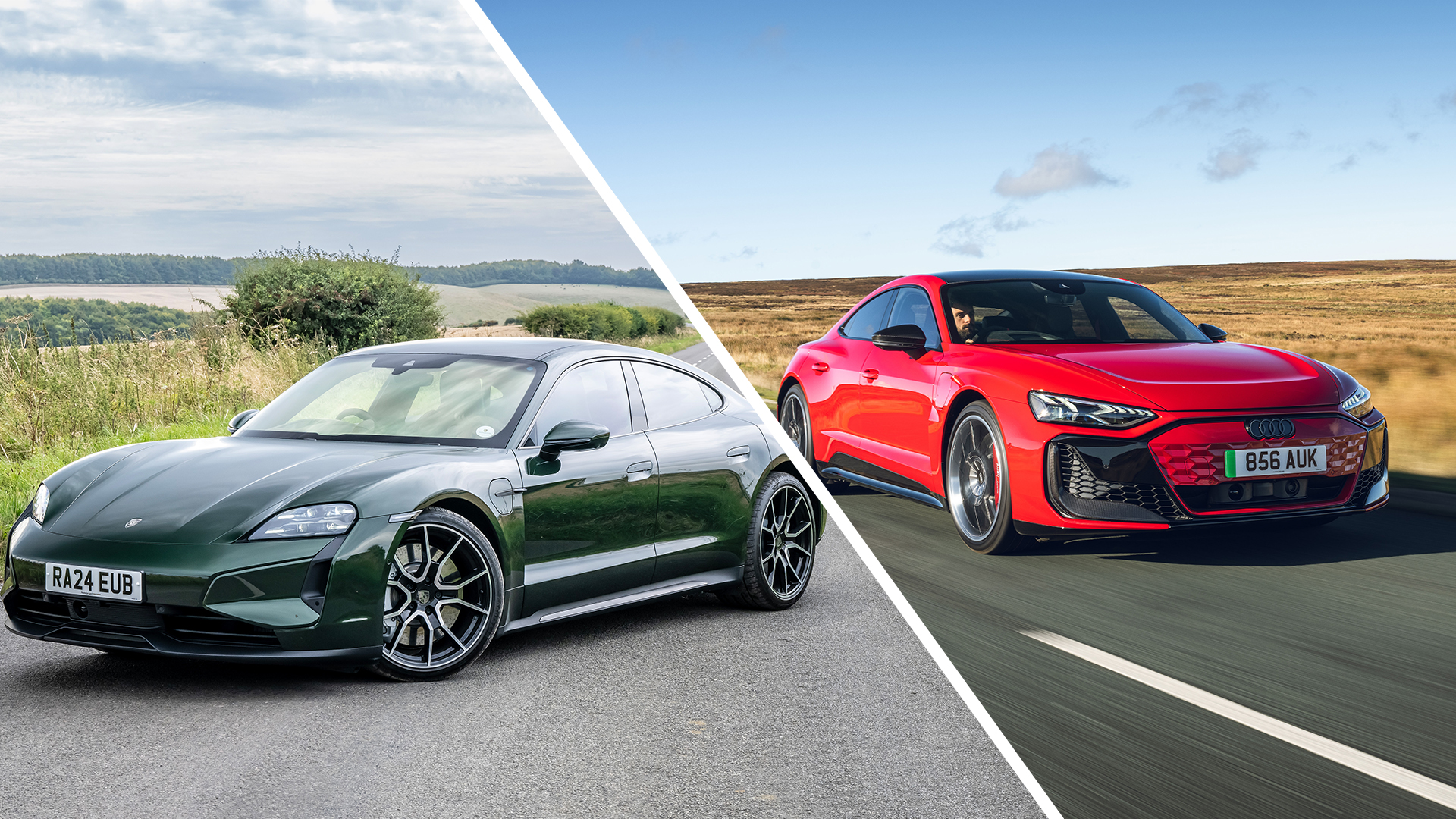
It might be a bit of a cop out to list two cars in one, but Audi’s RS e-tron GT shares many of its important parts with the powerful Porsche, and both are deserving of a mention here.
Each can charge at a frankly ridiculous rate of 270kW, meaning fast charging from 10-80% takes around 25 minutes, while each will happily tickle the 280-mile mark before they require a further juice up. Oh, and both look absolutely fabulous when parked on a driveway.
But despite sharing platforms, they are very different propositions.
The Porsche feels, well, exactly as a Porsche should. It wants to be pushed hard into corners and rides as purposefully and with the same precision as any other Porsche product… despite the added weight of battery packs.
The Audi e-tron GT, despite being fettled by the marque’s RS performance arm in the version I tested, is altogether more comfortable over longer distances.
The cabin is typically tech-heavy and the vehicle harnesses Audi’s famous all-wheel-drive technology for a more planted, assured feel on the road.
Don’t get me wrong, both of these cars are blisteringly quick, seemingly bending physics every time you launch them from a standstill, but the Porsche feels more like the EV you’d take on track, if that sort of thing gets you revved up.
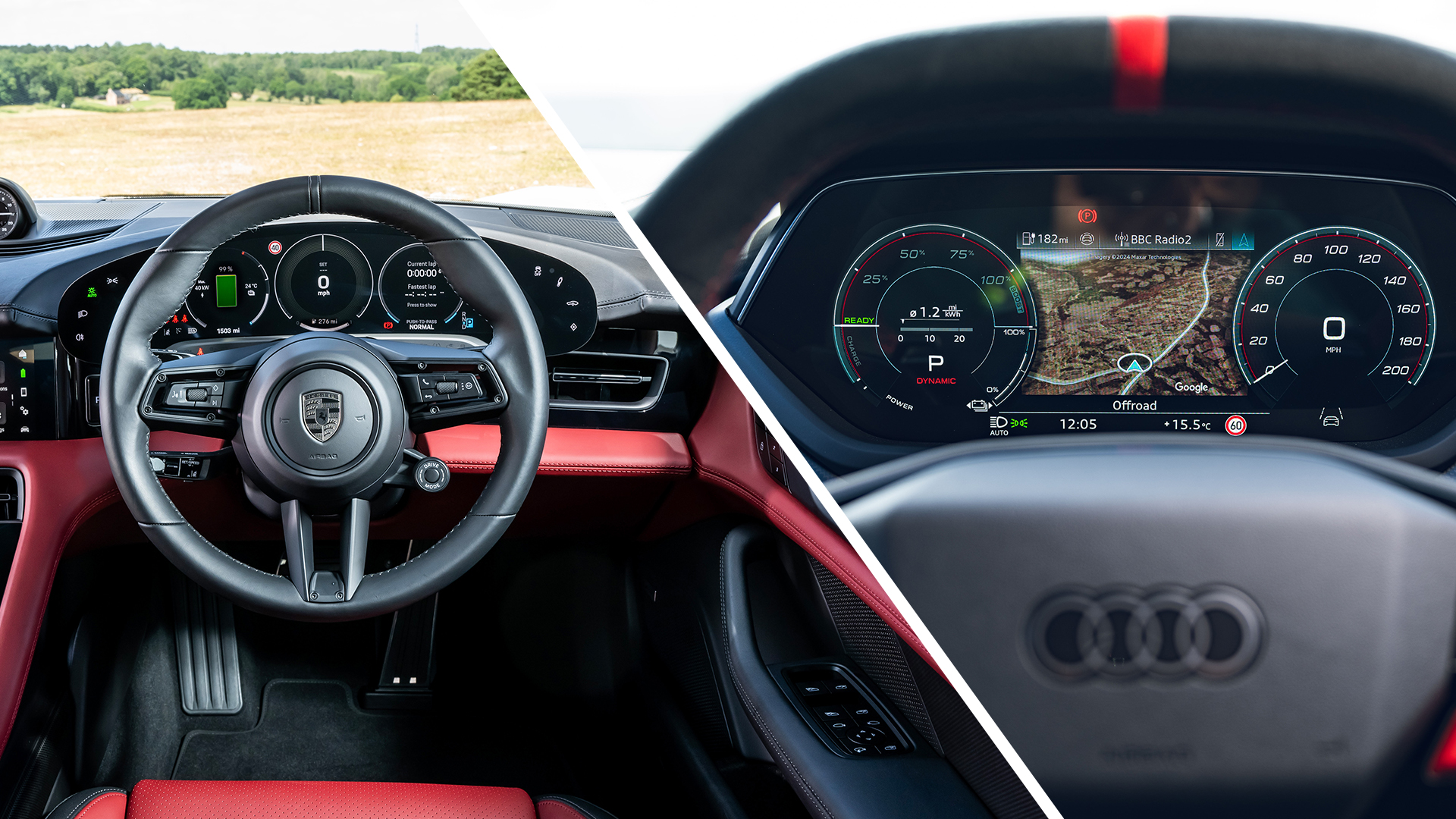
Above all else, the Taycan Turbo and the RS e-tron GT make for formidable everyday cars that feel every bit as premium as their lofty price tags would suggest. It’s like owning a supercar that you can load up with kit and comfortably drive the length of a country, without the worry of mechanical issues.
Inside, both feel special, with Porsche offering low-key classy technology, such as a touchscreen for front passengers, and Audi going for an altogether racier approach, with red driving mode buttons adorning the steering wheel.
The electric powertrain, alongside being hugely powerful and massively accomplished, suits these vehicles like no internal combustion engine would. It is futuristic, clean and quiet, propelling both of these cars to frankly terrifying speeds very quickly.
In fact, both the Taycan Turbo S and the Audi RS e-tron GT became either the fastest accelerating or the most powerful production road car the two German brands had ever produced when released late last year. They are rewriting the rules of road car performance.
All without the associated fuel bills, noise and costly servicing and maintenance schedules of petrol-powered counterparts.
you might also like

Leon has been navigating a world where automotive and tech collide for almost 20 years, reporting on everything from in-car entertainment to robotised manufacturing plants. Currently, EVs are the focus of his attentions, but give it a few years and it will be electric vertical take-off and landing craft. Outside of work hours, he can be found tinkering with distinctly analogue motorcycles, because electric motors are no replacement for an old Honda inline four.
You must confirm your public display name before commenting
Please logout and then login again, you will then be prompted to enter your display name.